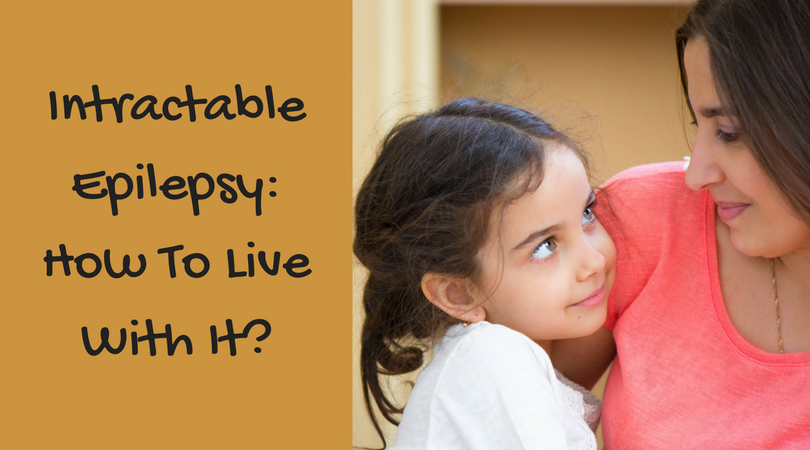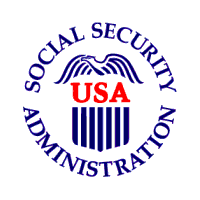
IS Awareness Week
Infantile Spasms Awareness Week is December 6-12. Hear child neurology Foundation president Dr. Don Shields answer the most commonly asked questions about infantile spasms.
read more
Participate in a Dravet s...
The Genetic Investigation of Child Neurological Disorders Joseph Gleeson, M.D. And his team at UCSD seek to identify new causes of Dravet syndrome Who Can Help? Families with: prefer at least 2 members with epilepsy and at least one with Dravet syndrome (Also accepting Dravet participants without a family history of seizures) Dravet syndrome as a primary diagnosis and no SCN1A mutations found Epilepsy or Dravet...
read more
Hope In Action
Novel Compound Designed to Increase Protein Expression in SCN1A loss of function Mutations •More than 700 mutations of the Scn1a gene have been identified making this the most commonly mutated gene in human epilepsy. •More than 50% of these mutations result in a truncated protein clearly demonstrating haploinsufficiency of SCN1A as a cause of Dravet Syndrome. This means the mutation leads to a loss of function due to a premature stop codon (frameshift, nonsense, splice site, deletion, microdeletion)
read more
Vision 20/20 Task Force
ICE Epilepsy Alliance is a member of the American Epilepsy Society’s Vision 20/20 Task Force, a group of advocacy groups committed to improve the lives of patients with epilepsy. At the request of the Department of Health and Human Services Office of the Assistant Secretary for Planning and Evaluation, the National Institutes of Health, and Vision 20/20 the Institute of Medicine will convene an ad hoc committee to reco
read more
Alternative Therapy
Alternative therapies in treating epilepsy Yatin Patel Doctor of Pharmacy Candidate Wingate University School of Pharmacy Michelle Welborn, PharmD Preceptor Intractable Childhood Epilepsy Alliance www.ice-epilepsy.org Abstract Many people in the United States experiment with complementary and alternative medicines (CAM) on regular basis. The objective of this article is to provide a synopsis of available...
read more
Have Hope
ICE Alliance – Have Hope for Intractable Epilepsies in Children Together we will Improve the Outcome and Reach for the Cure. Epilepsy is a condition where recurrent electrical discharges in the brain disturb the normal functioning of the nervous system. These episodes of disturbance are called seizures. Two or more unprovoked (caused by fever or nervous system infection) seizures typically leads ...
read moreEpilepsy is one of the most common diseases of the nervous system: its frequency in the general population is 0.5-1%.
Basic Principles of Intractable Epilepsy Treatment
- improvement of the quality of life as the main criterion;
- systems concept;
- maximum individualization of treatment;
- complexity;
- stage therapy;
- management of patients.

In 2010, the International Epileptic League Commission (ILAE) suggested a working hypothesis that epilepsy is considered intractable childhood epilepsy if seizure control is not achieved with the adequate use of 2 correctly selected and well-tolerated antiepileptic drugs (AEDs) in mono or combination therapy.
The degree of improvement in the epilepsy course in children involves 3 options:
- moderate improvement – the reduction of epileptic seizures to 50%;
- improvement – the reduction to 50-75%;
- significant improvement – the reduction of more than 75%, with the implication of obtaining control over seizures. According to accepted international standards, an improvement is statistically significant when seizures are reduced by 50% or more from their original rate.
Prognosis for Epilepsy
The prognosis for epilepsy is dependent on the frequency of seizures. At the stage of remission, when the seizures occur not so often and predominantly at night, the patient’s ability to work remains. Daytime seizures of epilepsy, accompanied by loss of consciousness, limit the patient’s ability. Children suffer the most when coming across with ICE epilepsy. They should adjust to life with the diagnosis “Intractable Childhood Epilepsy”.
Epilepsy affects all aspects of the patient’s life, therefore, it is a significant medical and social problem. One of the spheres of lives is the lack of knowledge about intractable epilepsy and the associated stigmatization of patients whose judgments about the frequency and severity of mental disorders are often unreasonable. The vast majority of patients receiving the appropriate treatment, keep a normal lifestyle without attacks.
Preventative Measures
Prevention of epilepsy involves the possible prevention of traumatic brain injuries, intoxications and infectious diseases, prevention of possible marriages between epileptic patients, adequate temperature reduction in children to prevent fever, the consequence of which may be epilepsy.

Obtaining Stiripentol in the United States
Stiripentol is not an FDA approved drug. For the last several years, US citizens have been able to obtain stiripentol by ordering directly from Biocodex, France OR by ordering through Caligor Pharmacy, NY via the FDA’s Personal Importation Policy (PIP):

Patient Registry
The goal of the registry is to collect data on as many patients as possible to make future research into specific symptoms, causes, and treatments easier to perform. By defining a large pool of affected individuals, future research can be performed more quickly and efficiently.

Dravet Syndrome Won Compassionate Allowance Recognition
by the Social Security Administration Thursday December 6, 2012 Commissioner Astrue held an event at the Hart Senate Building at 10:00 a.m in Washington, DC to commemorate the milestone of reaching 200 Compassionate Allowances conditions. Dravet Syndrome is one of the newest additions to this list of rare and debilitating conditions. This is a huge victory for people […]







